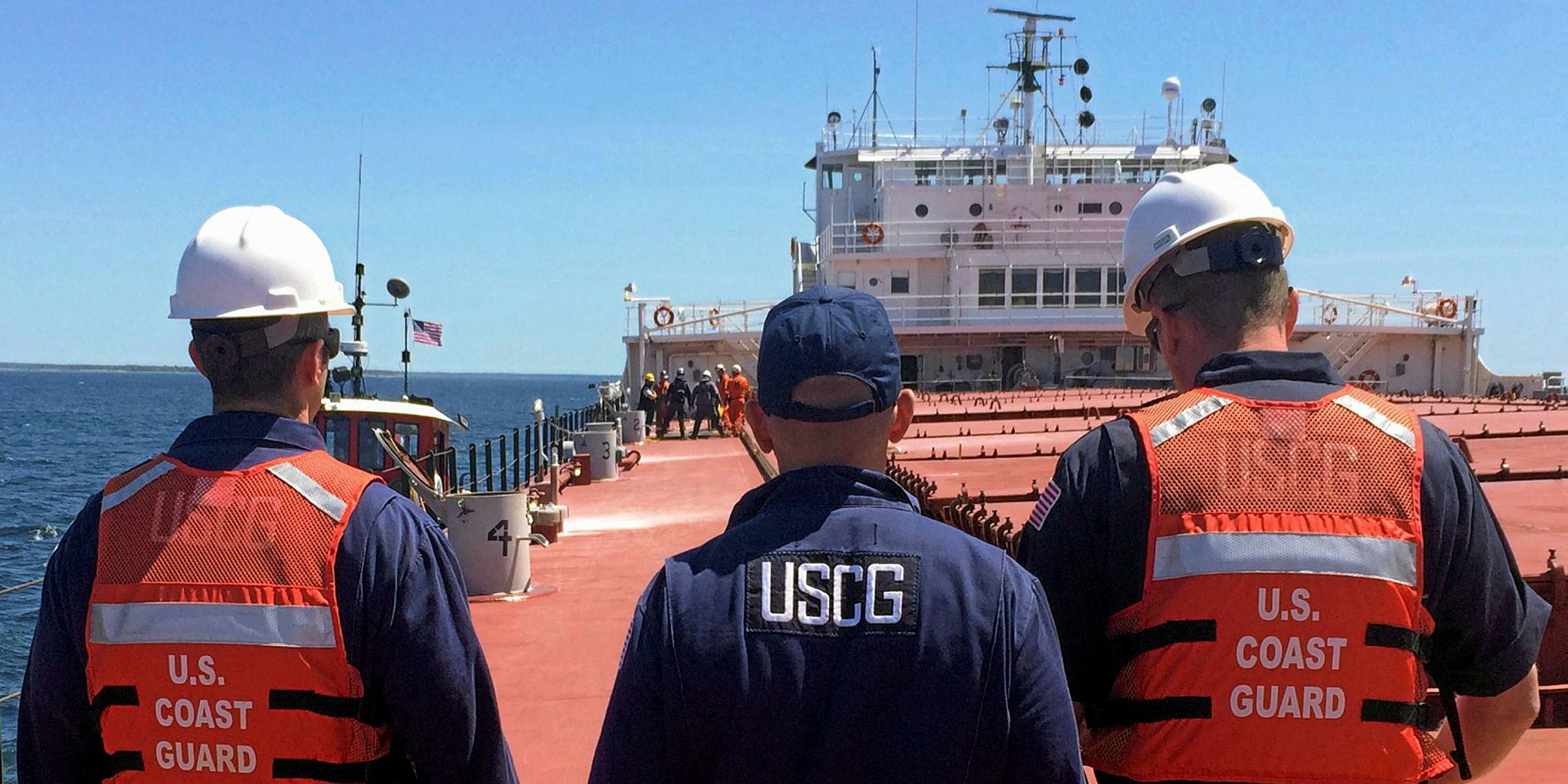New monetary property damage thresholds in the US are set to kick-in from Wednesday in a move that is expected to reduce the burden on shipowners when it comes to casualties.
From 18 April 2018 the US Coast Guard’s (USCG) reportable marine casualty property damage threshold amount will triple to $75,000, while that for a serious marine incident (SMI) doubles to $200,000.
However, mandatory drug and alcohol testing will still be required if the property damage meets the amended monetary threshold amounts of those marine casualties in excess of $200,000.
Marine casualties such as groundings, bridge strikes, losses resulting in reduced vessel manoeuvrability, impacts on vessel seaworthiness or fitness for service or route, loss of life, injury requiring professional medical treatment, or significant harm to the environment, will still have to be reported, regardless of the property damage cost involved.
“For example, if a vessel strikes a bridge, it does not matter whether the strike resulted in any damage, pollution, or injuries, as a bridge strike is in itself a reportable marine casualty,” P&I club Gard said in a recent note to members.
US regulations require that vessels notify the USCG immediately of hazardous conditions and certain marine casualties.
However, the original regulations that set these dollar threshold amounts were written in the 1980s and have not been updated since that time.
Because the monetary thresholds for reporting have not kept pace with inflation, vessel owners and operators have been required to report relatively minor casualties.
Additionally, the original regulations require mandatory drug and alcohol testing following a serious marine incident.
As a result, vessel owners and operators have been conducting testing for casualties that are less significant than those intended to be captured by the original regulations.
By updating the original regulations, US authorities hope the burden on owners and operators and the amount of USCG resources expended to investigate these incidents will be reduced.
Gard said it was advising members and clients with US-flag vessels and vessels operating in US waters to review the final rule to determine how the new reporting thresholds and drugs and alcohol testing requirement impact on their operations and revise their policies and procedures accordingly.
“It is also important to ensure that relevant crews and operational personnel are aware of the requirements to immediately notify the USCG of any hazardous condition or casualties onboard and that fleets have available the most recent version of the reporting forms,” the club said.
However, Gard says not all casualties are reportable, as such reporting is dependent on the type of incident and the circumstances surrounding each incident.
“It is therefore difficult to provide a concise summary of the types of conditions that must be reported but in general, the ‘hazardous condition’ notice requirements found at 33 Code of Federal Regulations (CFR) 160.216 apply to a much broader range of conditions or casualties than the ‘marine casualty’ notice and reporting requirements found at 46 CFR Subpart 4.05.
“One example is a fall overboard that does not result in injury or death, but may create a hazardous condition when manoeuvring in congested waters.”





